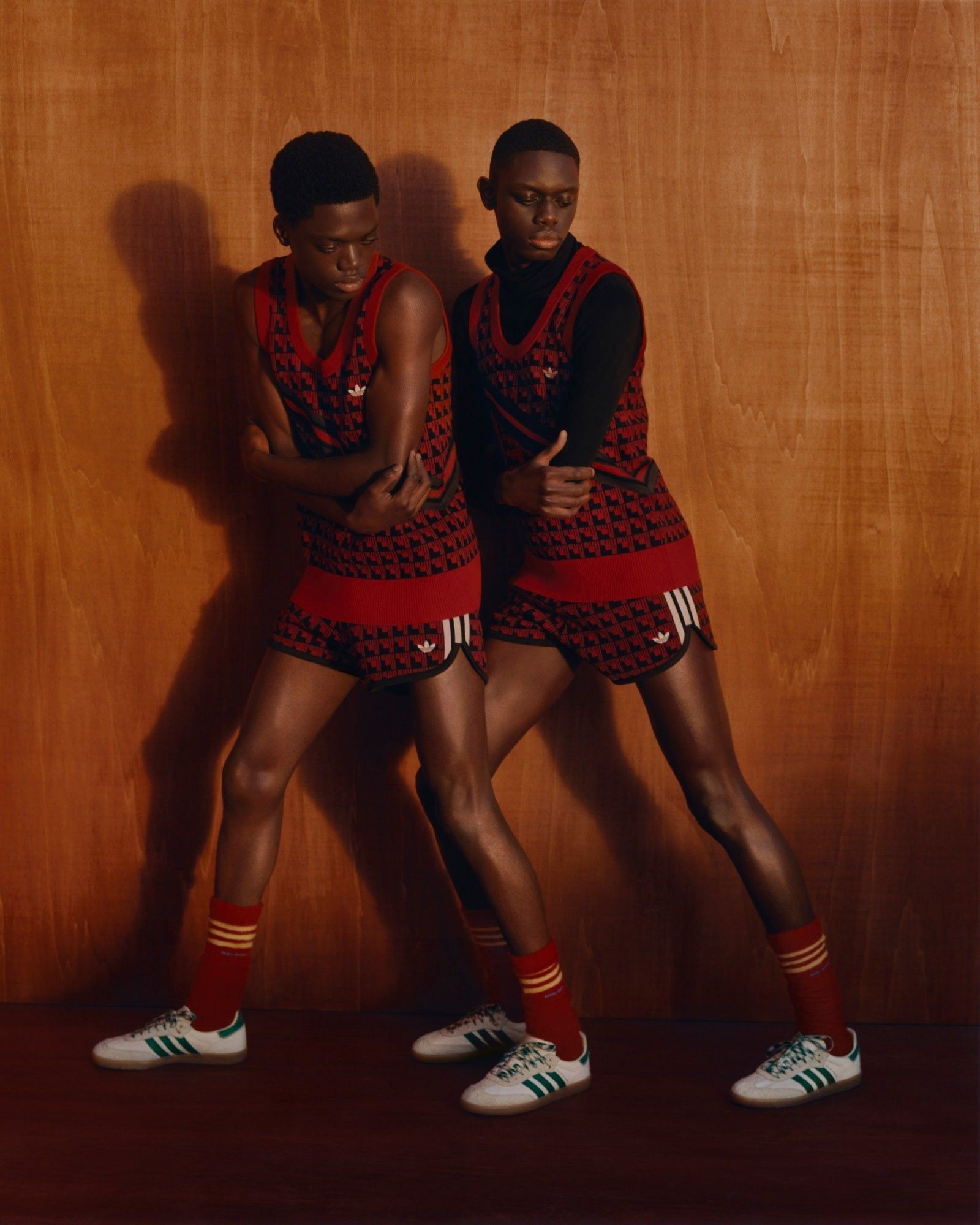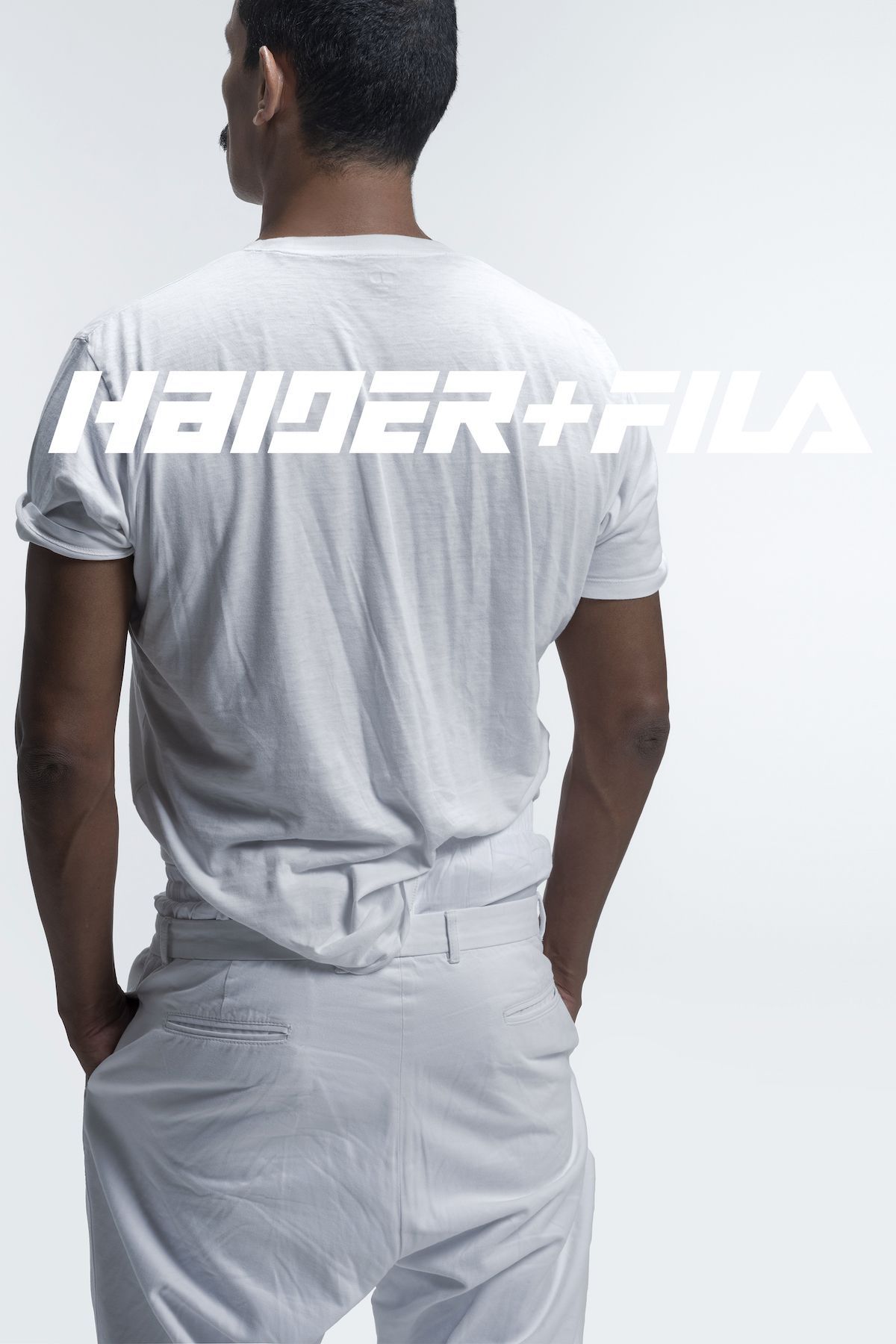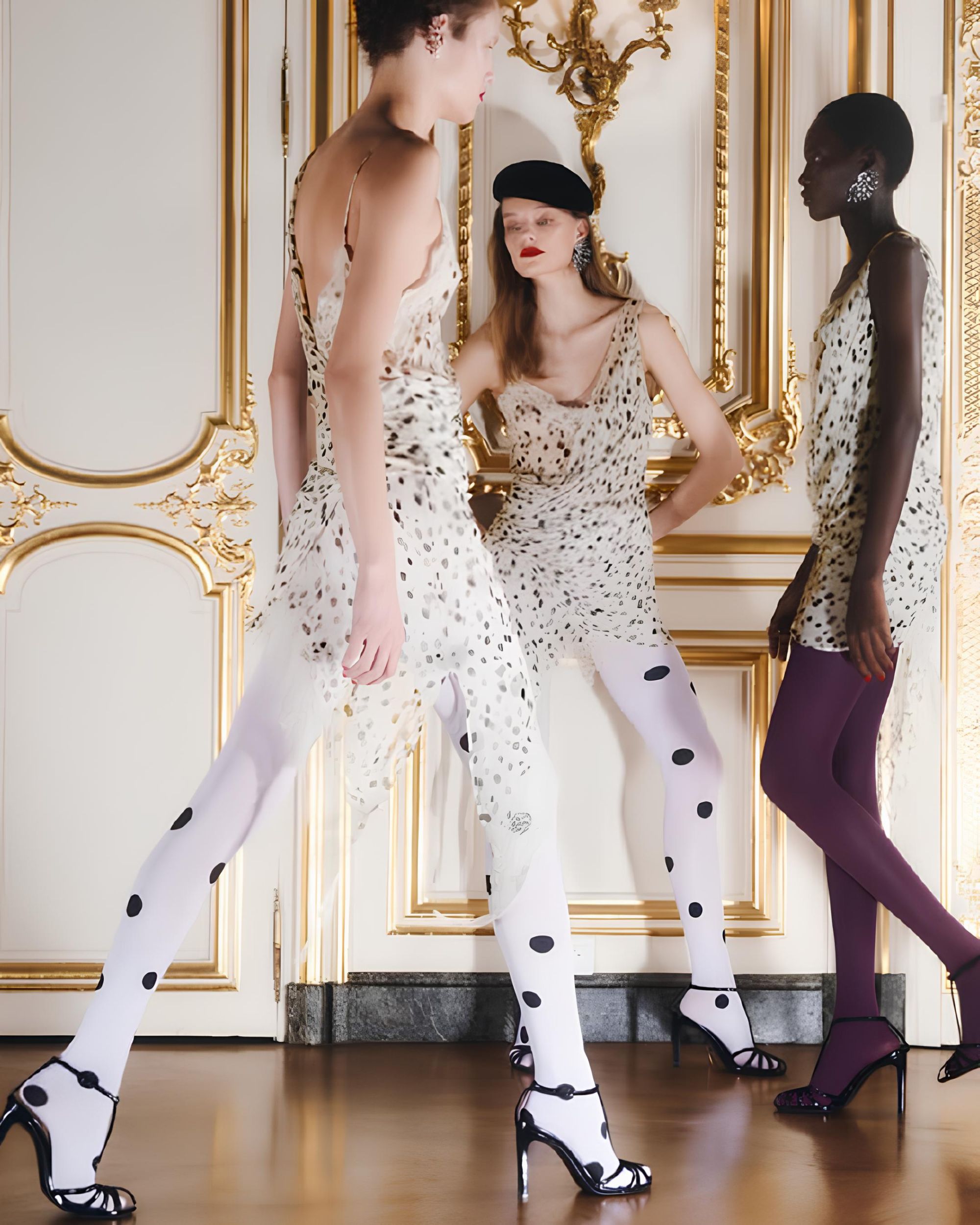
Can fast fashion and independent designers really coexist? Inside the new world of "indie" fashion collaborations
There was a time, lasting practically until last winter, when luxury fashion and fast fashion loved to shoot for the stars with their collaborations: Fila x Fendi, Versace x H&M, Champion x Vetements, Gucci x The North Face, Converse x Comme des Garçons, adidas x Prada, Dior x Jordan, and so on. The logic behind the collaboration was to bring together two fast fashion and luxury fashion giants and combine their appeal by creating collections whose prestige was the sum of the commercial success of the individual parties. It is also true that, nearly a decade after the collaboration format began, the format has begun to tire, the market has become hyper-saturated, and the collaborations themselves too expensive and repetitive as well as uninspired to even make the news anymore. In reaction to the exhaustion of the format, therefore, collaborations have taken two paths: on the one hand, there are the luxury mega-collaborations such as those that Fendi has undertaken with Versace, Marc Jacobs and Tiffany & Co. while on the other, a new ecosystem of collaborations has developed between fast fashion or sporstwear brands that operate on a global scale and "indie" fashion brands that few outside of fashion weeks had heard of. The most recent case is Fila's collaboration with Haider Ackermann, but there are also Zara and Studio Nicholson, Uniqlo x Helmut Lang, RAL7000STUDIO x Bershka, Puma x Palomo, and adidas x Wales Bonner.
Many of these collaborations were greeted with mixed reactions. If the link-up of Palomo and Puma was considered a very successful hit; the meeting between Zara, the mother of all fast fashion brands, and a small independent cult brand like Studio Nicholson elicited equal admiration and doubts about the latter's compromise of values and of course sustainability. Something similar is happening with the news of Fila and Haider Ackermann's upcoming collaboration: what could the former Italian brand have to do with the avant-garde couturier whom Karl Lagerfeld once designated as Chanel's heir apparent and who turned down the creative direction of Maison Margiela? On the one hand, these collaborations are indeed a great opportunity for independent labels whose margins, while operating in the luxury world, are not very high and can enjoy the new media exposure - on the other hand, the division of values that should exist between the small design atelier and the global commercial giant is really something irreconcilable. The appeal of small independent brands lies almost entirely in their authenticity, which does not bend in the face of those market trends that commercial haute couture brands must instead respect. Not the least, the less directly commercial nature of independent brands makes these collaborations less of a cash grab and more of an opportunity for communication between the labels themselves and the general public who can thus educate themselves to appreciate a less mediocre product than fast fashion usually offers.
In practical terms, this is resolved on the level of output. So far, the output of these collaborations with "indie" brands has been positive: not being able to rely on the power of the logo, the actual design emerges with excellent outcomes and in general the products are better thought out and expressive. These collaborations also show that fashion and quality in construction need not be overpriced: in a world where some brands sell synthetic sweatshirts and sneakers for hundreds or thousands of euros, discovering that there can be a wool coat, a derby shoe, or a well-designed mule shows how inflated luxury prices often actually are. Nor could these collaborations be blamed for bringing to the mass audience a more interesting and progressive design language that would otherwise remain confined to narrow circles of connoisseurs without having a real and lasting impact in the overall fashion picture. We could then define these collaborations as an acceptable compromise, both in terms of quality and culture. But then does the same fate of the collaborations of yesteryear, that of saturation, also await this new generation of creative unions? Let us hope not.





















































